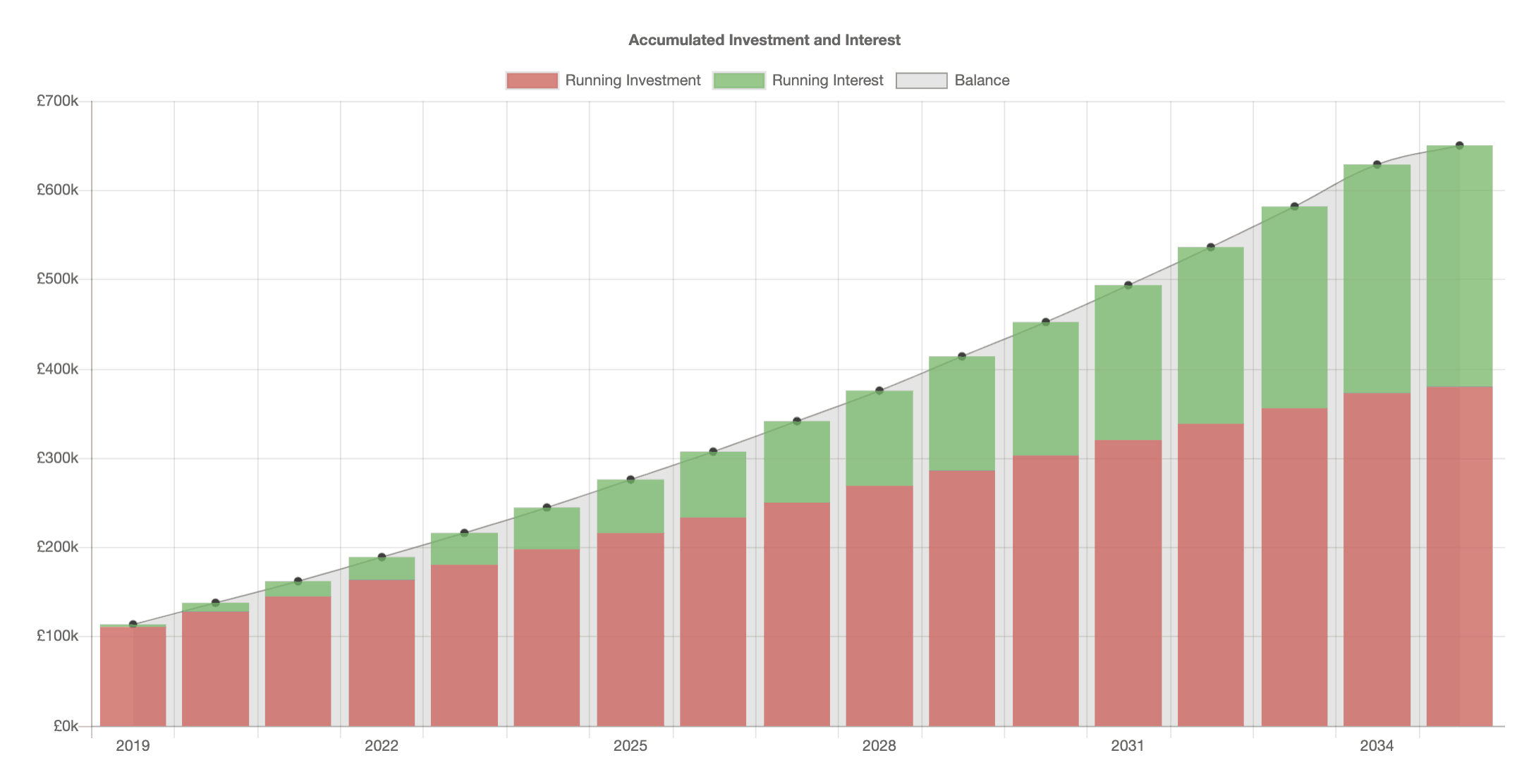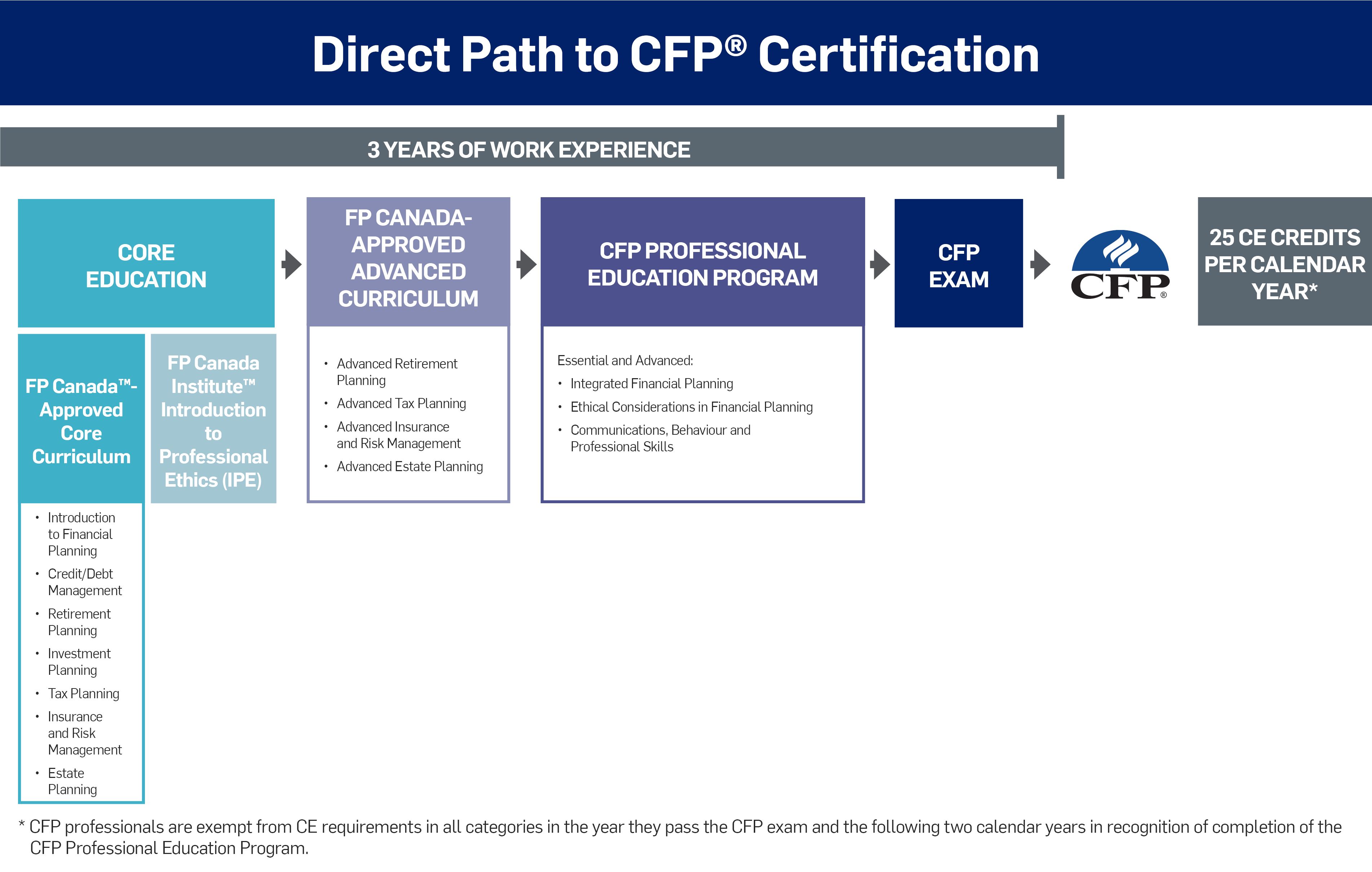
Windexing your social safety survivor benefit calculator is an easy and effective way to maximize the benefits of your surviving spouse. This tool assumes your spouse is not working and that you don't make retroactive payments. Here are some other tips on how to use a social insurance survivor benefits calculation:
Windexing is a social insurance survivor benefits calculator
You have come to the right spot if you're interested in applying for WINDEX. The WINDEX program was created for widows who have become disabled after the age 60. However, a person can also apply for WINDEX benefits even if she was not disabled for the entire 12-month period that preceded her spouse's death. These are some tips to help you get started.

WINDEXing, a social security survivor benefit calculation, uses an alternative calculation to calculate how much the spouse who is still living will receive. This calculation compares benefits payable in the year the deceased reached age 60 with benefits payable when their surviving spouse turns 62. This calculation is better than the original. You decide whether WINDEXing will be the best method to calculate your benefits.
It assumes that only one spouse works
Social Security survivor benefit calculator relies on assumptions about the earnings history of a spouse. For example, if the surviving spouse is born in 1957 and has been working for 30 years, they have earned four credits in that year. However, if they married in 2010 and both worked for less than $20,000 a year, they would only earn one credit.
The spousal benefits are the greater of the two. You should still consider all aspects of this rule when applying for benefits. If your spouse earns more than you, it may be a good idea to wait until you turn 70 before you apply for benefits. Although the benefit is much higher, it will not be a large income boost. Also, spousal benefits do not fund extravagant lifestyles.
After a period of six months, it does not make retroactive payment
The Social Security survivor benefits calculator is a simple way to calculate the amount of spousal and auxiliary benefits that are available to survivors of deceased spouses or parents. There are many factors that affect the amount of these benefits. However, these benefits are not meant to help surviving spouses or parents live lavish lifestyles. Social security survivor benefits do not provide financial assistance to spouses who earn more than their spouses.

Those who want to claim survivor benefits for a spouse or parent should know that there are limits on how much of these benefits can be claimed retroactively. A retroactive payment is generally not permitted after a period of six months. This is because Social Security makes no retroactive payments for periods of more than six months. For this reason, married couples should plan early for their survivor's benefits.
FAQ
How to choose an investment advisor
It is very similar to choosing a financial advisor. Consider experience and fees.
An advisor's level of experience refers to how long they have been in this industry.
Fees refer to the costs of the service. These costs should be compared to the potential returns.
It's crucial to find a qualified advisor who is able to understand your situation and recommend a package that will work for you.
What are the Benefits of a Financial Planner?
A financial plan gives you a clear path to follow. You won't be left guessing as to what's going to happen next.
You can rest assured knowing you have a plan to handle any unforeseen situations.
A financial plan can help you better manage your debt. You will be able to understand your debts and determine how much you can afford.
Your financial plan will also help protect your assets from being taken away.
How much do I have to pay for Retirement Planning
No. This is not a cost-free service. We offer free consultations that will show you what's possible. After that, you can decide to go ahead with our services.
Where can you start your search to find a wealth management company?
When searching for a wealth management service, look for one that meets the following criteria:
-
Proven track record
-
Is it based locally
-
Offers complimentary consultations
-
Continued support
-
Is there a clear fee structure
-
Has a good reputation
-
It's simple to get in touch
-
You can contact us 24/7
-
Offers a range of products
-
Charges low fees
-
Does not charge hidden fees
-
Doesn't require large upfront deposits
-
You should have a clear plan to manage your finances
-
A transparent approach to managing your finances
-
Allows you to easily ask questions
-
Does your current situation require a solid understanding
-
Learn about your goals and targets
-
Is open to regular collaboration
-
Works within your budget
-
Good knowledge of the local markets
-
Is willing to provide advice on how to make changes to your portfolio
-
Are you willing to set realistic expectations?
Statistics
- These rates generally reside somewhere around 1% of AUM annually, though rates usually drop as you invest more with the firm. (yahoo.com)
- If you are working with a private firm owned by an advisor, any advisory fees (generally around 1%) would go to the advisor. (nerdwallet.com)
- As previously mentioned, according to a 2017 study, stocks were found to be a highly successful investment, with the rate of return averaging around seven percent. (fortunebuilders.com)
- According to Indeed, the average salary for a wealth manager in the United States in 2022 was $79,395.6 (investopedia.com)
External Links
How To
How To Invest Your Savings To Make Money
Investing your savings into different types of investments such as stock market, mutual funds, bonds, real estate, commodities, gold, and other assets gives you an opportunity to generate returns on your capital. This is known as investing. This is called investing. It does not guarantee profits, but it increases your chances of making them. There are many different ways to invest savings. One of these options is buying stocks, Mutual Funds, Gold, Commodities, Real Estate, Bonds, Stocks, ETFs, Gold, Commodities, Real Estate, Bonds, Stocks, Real Estate, Bonds, and ETFs. These methods are described below:
Stock Market
The stock market is an excellent way to invest your savings. You can purchase shares of companies whose products or services you wouldn't otherwise buy. Additionally, stocks offer diversification and protection against financial loss. If the price of oil falls dramatically, your shares can be sold and bought shares in another company.
Mutual Fund
A mutual fund refers to a group of individuals or institutions that invest in securities. These mutual funds are professionally managed pools that contain equity, debt, and hybrid securities. A mutual fund's investment objectives are often determined by the board of directors.
Gold
It has been proven to hold its value for long periods of time and can be used as a safety haven in times of economic uncertainty. It is also used in certain countries to make currency. Due to investors looking for protection from inflation, gold prices have increased significantly in recent years. The supply and demand fundamentals determine the price of gold.
Real Estate
Real estate refers to land and buildings. When you buy realty, you become the owner of all rights associated with it. To generate additional income, you may rent out a part of your house. You could use your home as collateral in a loan application. The home could even be used to receive tax benefits. But before you buy any type real estate, consider these factors: location, condition, age, condition, etc.
Commodity
Commodities can be described as raw materials such as metals, grains and agricultural products. Commodity-related investments will increase in value as these commodities rise in price. Investors who want the opportunity to profit from this trend should learn how to analyze charts, graphs, identify trends, determine the best entry points for their portfolios, and to interpret charts and graphs.
Bonds
BONDS are loans between governments and corporations. A bond can be described as a loan where one or both of the parties agrees to repay the principal at a particular date in return for interest payments. As interest rates fall, bond prices increase and vice versa. A bond is purchased by an investor to generate interest while the borrower waits to repay the principal.
Stocks
STOCKS INVOLVE SHARES OF OWNERSHIP IN A CORPORATION. Shares are a fraction of ownership in a company. You are a shareholder if you own 100 shares in XYZ Corp. and have the right to vote on any matters affecting the company. When the company is profitable, you will also be entitled to dividends. Dividends, which are cash distributions to shareholders, are cash dividends.
ETFs
An Exchange Traded Fund is a security that tracks an indice of stocks, bonds or currencies. ETFs trade in the same way as stocks on public exchanges as traditional mutual funds. The iShares Core S&P 500 Exchange Tradeable Fund (NYSEARCA : SPY) tracks the performance of Standard & Poor’s 500 Index. This means that if SPY is purchased, your portfolio will reflect the S&P 500 performance.
Venture Capital
Venture capital is private funding that venture capitalists provide to entrepreneurs in order to help them start new companies. Venture capitalists finance startups with low to no revenue and high risks of failure. Venture capitalists invest in startups at the early stages of their development, which is often when they are just starting to make a profit.